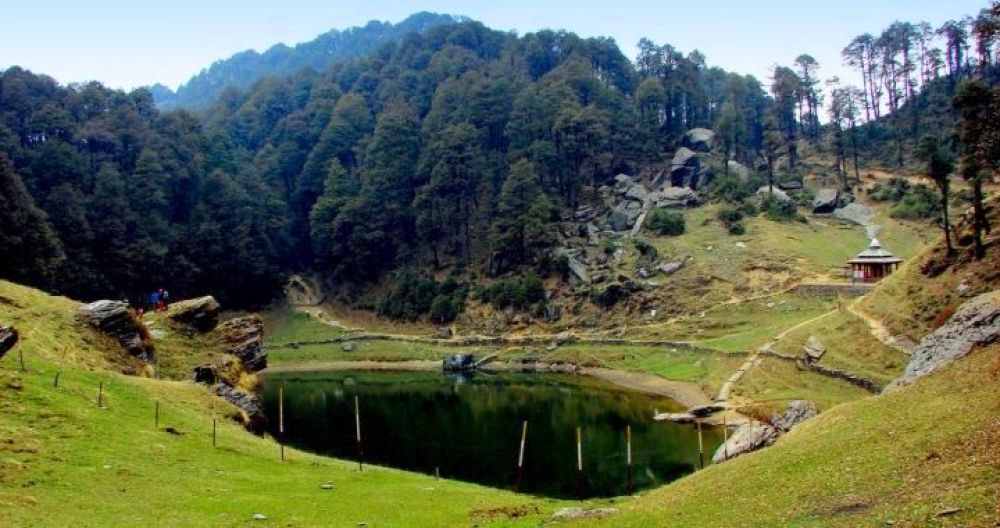

The majestic state of Himachal Pradesh in India has always been a charming destination for tourists seeking to immerse themselves in nature and experience the thrills of the Himalayas. Amongst the various enthralling spots, Jalori Pass and Tirthan Valley stand out as jewels in the crown of the state's tourism. These areas are renowned for their scenic beauty, diverse flora and fauna, and the opportunities they present for adventure and relaxation.
Tourism in Himachal Pradesh began to flourish post India's independence, but it was only in the 1980s and 1990s that the remote regions like Jalori Pass and Tirthan Valley began receiving attention. Initially, it was the adventurers and the trekkers who discovered the potential of this area as a hub for trekking, with Jalori Pass being one of the least explored passes in the Himalayas. The pass serves as a gateway to many treks leading to hidden glacial lakes and ancient temples.
Tirthan Valley, cloaked in the eco-zone of the Great Himalayan National Park, became a spot for tourists much later, when eco-tourism started taking precedence. This valley, nourished by the pristine Tirthan River, is an ideal spot for fishing, particularly trout fishing, which has been a significant draw for tourists.
In recent years, the tourism industry around Jalori Pass and Tirthan Valley has seen a gradual transformation. With growing awareness regarding sustainable tourism practices, efforts have been made to ensure that the natural beauty and local culture are preserved. This has led to a rise in eco-friendly homestays and guesthouses that offer authentic experiences to travelers, without leaving a large carbon footprint.
One of the latest trends in the region is the growing popularity of homestays and boutique guesthouses. These establishments are preferred for their personalized service, as well as their focus on sustainability and supporting the local economy. Tourists are increasingly interested in cultural experiences, thus engaging in local festivals, cuisine, and traditional arts and crafts.
Adventure tourism continues to be a significant trend in the area. With Jalori Pass' high-altitude location at 3,120 meters, it is a hotspot for activities like mountain biking, rock climbing, and snow trekking during winters. The pass is generally accessible from June to October, before heavy snowfall makes it challenging to traverse.
Tirthan Valley, on the other hand, has become a preferred destination for nature lovers and those seeking solace away from city life. Activities like river crossing, camping, and trekking are all part of the valley's charm. The valley's access to the Great Himalayan National Park has also made it a favorite spot for wildlife enthusiasts and bird watchers.
The future of tourism in Jalori Pass and Tirthan Valley looks promising with the continued emphasis on eco-tourism and community-based tourism models. There's an active push to create tourism that not only brings economic benefits to the region but also fosters the preservation of the environment and local culture. Initiatives like specialized nature guides and conservation programs are likely to enhance the region's appeal as a global eco-tourism destination.
For those seeking an immersive experience in one of India's most beautiful and unspoiled regions, Jalori Pass and Tirthan Valley remain high on the list of must-visit destinations. As these areas continue to balance the influx of tourists with the need for conservation, they will undoubtedly forge new paths in sustainable Himalayan tourism.